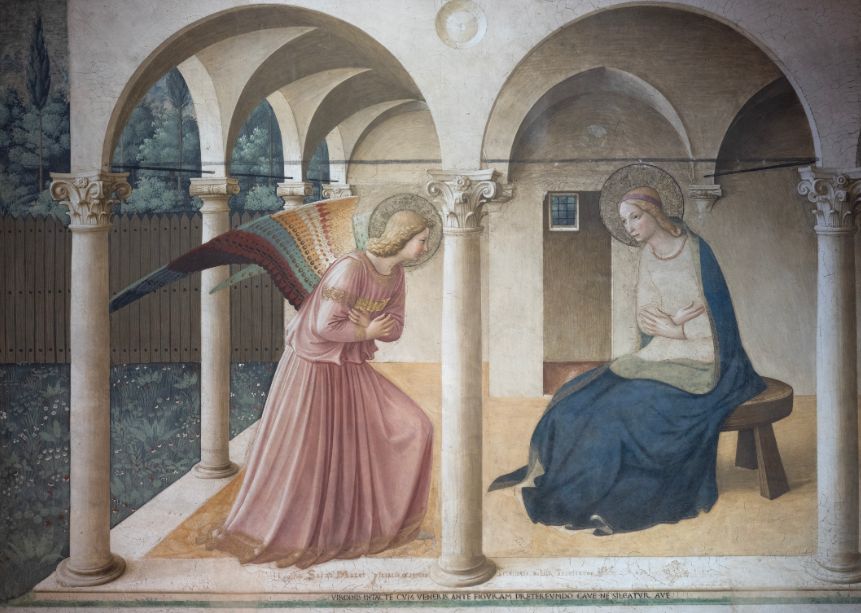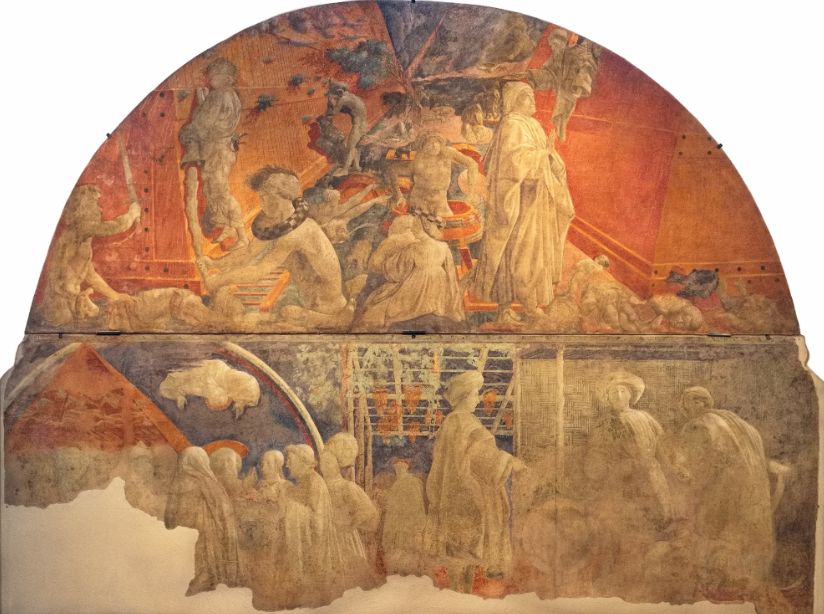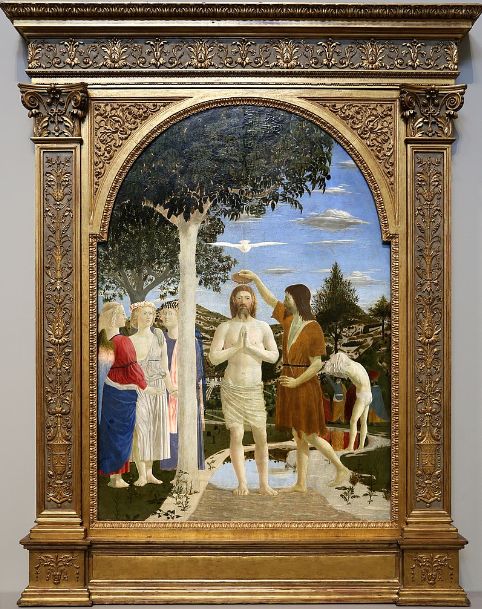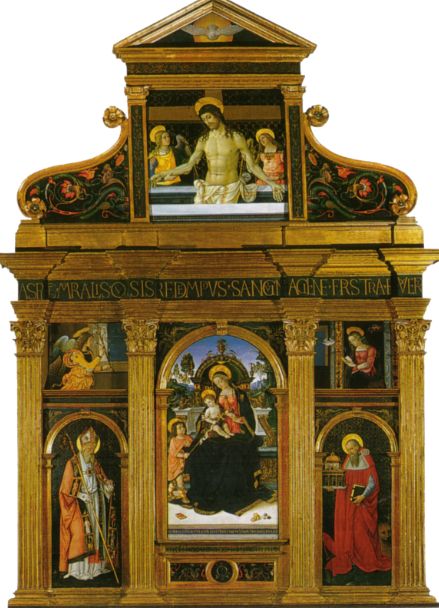The 15th century in Italy was a time when religion and art were deeply intertwined, and religious imagery saw significant development and proliferation. This period's religious reform movements, led by ascetic monks and friars, brought about major changes within the Church. These reforms influenced not only religious beliefs and practices but also profoundly impacted the forms and themes of artistic expression.
According to a beloved Franciscan friar, Fra Michele da Carcano, there were three reasons for introducing religious images into churches. First, they provided a visual means of learning about redemption and faith for those who could not read the Bible. Second, images could evoke emotional responses in those who were not moved by merely hearing stories of saints, as seeing is more likely to stir emotions than hearing. Third, many people could not remember what they heard unless aided by visual representations. This explanation, found in Fra Michele's "Sermones Quadragesimales" (translated by M. Baxandall), elaborates on a passage from a 13th-century theological dictionary, defending and outlining the purpose of religious paintings.
However, religious imagery was not without controversy. In 1450, the devout Archbishop of Florence condemned religious themes in paintings, arguing that they lacked reverence and could incite laughter and inappropriate thoughts. He particularly criticized artworks that inserted irrelevant details into religious scenes, such as monkeys and dogs chasing hares, which did not contribute to fostering devout faith.

Against this backdrop, artists like Fra Angelico, Paolo Uccello, and Piero della Francesca explored and innovated the significance and form of religious imagery through their works. Fra Angelico, originally named Guido di Pietro, was a Dominican friar whose works were almost entirely religious. At the San Marco monastery in Florence, Fra Angelico created numerous frescoes, known for their simplicity and inspirational quality. His fresco "Annunciation", for instance, features a cloister with columns in the Brunelleschi style. The angel’s wings are the only highly colored parts of the painting, emphasizing the solemn and sacred nature of the scene.

In contrast, Paolo Uccello focused more on visual reality and its scientific significance. His semicircular fresco "The Flood" in the cloister of Santa Maria Novella in Florence vividly depicts the biblical flood's terror. Uccello used complex perspective techniques in this work, showcasing his skill in representing three-dimensional space on a flat surface. His fascination with geometric shapes resulted in works that were not only visually striking but also scientifically precise.

Piero della Francesca perfectly combined mathematics and art, writing treatises on geometric shapes and perspective and applying these theories in his works. His "Baptism of Christ" demonstrates his profound understanding of optics and geometry, creating a serene and harmonious atmosphere through precise composition and lighting effects. Piero's works are visually stunning and achieve a perfect balance in composition and color.

In the late 15th century, the development of religious imagery also benefited from the introduction of landscape painting. Artists like Domenico Ghirlandaio and Pinturicchio incorporated detailed landscapes into their works, connecting religious figures more closely with the real world. For instance, Ghirlandaio's frescoes in the Sassetti Chapel in Florence depict townscapes and natural scenery, placing biblical stories in specific historical and geographical contexts, enhancing the realism and relatability of the scenes.
Overall, the introduction and development of religious imagery in 15th century Italy, driven by church reforms and humanist thought, underwent significant evolution. Artists used innovative techniques and methods to combine the profound meanings of religious faith with the visual experience of the real world, creating a series of masterpieces that were both religiously significant and artistically beautiful. These works not only met the church's religious needs but also greatly contributed to the flourishing of art during the Renaissance.